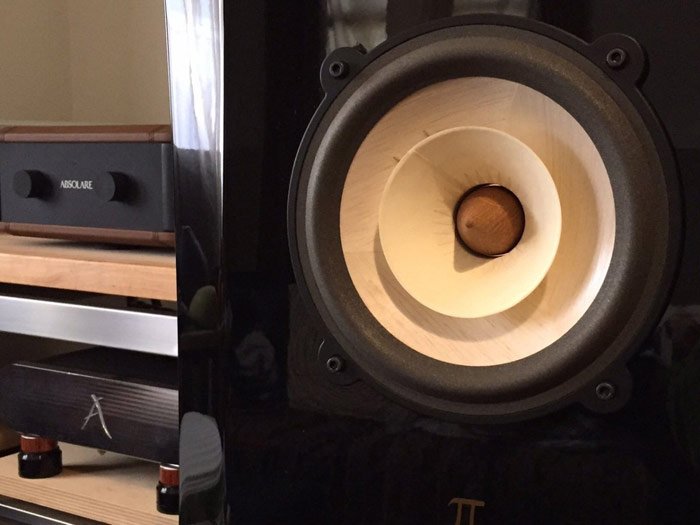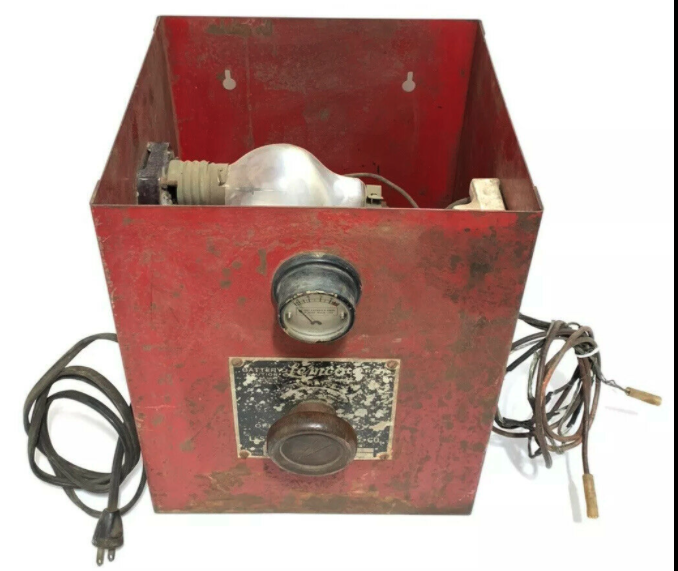Hi All,
Per my other speaker build thread, please find new thread to discuss all things field coil.
Where to begin? Well we see electromagnetic tech being deployed in multifarious hifi devices (I am not sure if I missed anything but feel free to add):
> Field coil modern cone drivers such as Supravox or Atellier Rullit, Gamut Magnetics Lab, Focal Grande Woofer and Utopia sub
> Field coil compression drivers such as Cogent being used by OMA in their upper models or GIP WE rebuilds
> Tonearms such as the bearing in the Primary control totl arm
> Cartridges as used in AN / Kondo IO and DaVa
> Turntable bearings such as those reported in the new Wilson Benesch flagship
> Others?
I think it is fair to say that there is a certain sense of the exotic associated with the deployment of such technology but does it have any merit in terms of sound? I tried to read the web and learn from a couple of engineers but didn’t really learn a huge amount and struggled to extract the wheat from the chaff. In terms of the purported merits of field coil as deployed for drivers, the following list of advantages seemed to make some sense:
> The t/s parameters of the driver change quite substantially according the voltage and/or current you apply to the coil. As a consequence, you have a very flexible speaker since you can quite dramatically adjust the sound. Obviously this can also be a problem. For me, it is (on paper) quite handy. For instance, you can adjust the QTS of the driver to get more / less bass or you can adjust the sensitivity to match say your chosen bass solution.
> Fixed magnets lose their field over time. Buying vintage alnico drivers is a little bit of a lottery in this regard since the t/s parameters of the driver could be very different depending on how old they are. Obviously I take that risk and buy vintage drivers. Clearly this doesn’t apply to an electromagnetic as long as it isn’t broken.
> Fixed magnets lose their field as the voicecoil heats up with extended use. Not so much a problem at home of course. Samarium Cobalt and Alnico are much better at retaining their flux under heat. Ferrite performs much worse in this aspect.
> Fixed magnets lose their field as the voicecoil heats up with extended use. Not so much a problem at home of course. Samarium Cobalt and Alnico are much better at retaining their flux under heat. Ferrite performs much worse in this aspect.
Okay all very interesting maybe, but what about the negatives? Well as far as I see it, the main issues are very large motor structures with considerable mass. Need for yet another power supply to generate the flux. Perhaps too much scope to never land on preferred settings - plays into the audiophile illness.
What about the field itself? I heard something about the voicecoil interaction with the magnetic coil requiring a significantly stiff supply? But can this lead to audio related changes or distortion? Like for like, will a similarly spec’d field coil sound different to a fixed magnet?
How about sound? Well let me say this - whilst not the holy grail for everyone, the WE field coil 555 + large horn left an indelible mark on my audio soul that I can’t deny. It just put me into a different audio world. Would that have been the same with a similarly designed alnico magnet? I heard the Azzolina Gran Sfera and particularly enjoyed a magical mid range courtesy of field coil Lowther. I love the field coil DaVa cartridges - again they have a musicality that I find seductive.
So let’s discuss all things field coil…
Best.

Per my other speaker build thread, please find new thread to discuss all things field coil.
Where to begin? Well we see electromagnetic tech being deployed in multifarious hifi devices (I am not sure if I missed anything but feel free to add):
> Field coil modern cone drivers such as Supravox or Atellier Rullit, Gamut Magnetics Lab, Focal Grande Woofer and Utopia sub
> Field coil compression drivers such as Cogent being used by OMA in their upper models or GIP WE rebuilds
> Tonearms such as the bearing in the Primary control totl arm
> Cartridges as used in AN / Kondo IO and DaVa
> Turntable bearings such as those reported in the new Wilson Benesch flagship
> Others?
I think it is fair to say that there is a certain sense of the exotic associated with the deployment of such technology but does it have any merit in terms of sound? I tried to read the web and learn from a couple of engineers but didn’t really learn a huge amount and struggled to extract the wheat from the chaff. In terms of the purported merits of field coil as deployed for drivers, the following list of advantages seemed to make some sense:
> The t/s parameters of the driver change quite substantially according the voltage and/or current you apply to the coil. As a consequence, you have a very flexible speaker since you can quite dramatically adjust the sound. Obviously this can also be a problem. For me, it is (on paper) quite handy. For instance, you can adjust the QTS of the driver to get more / less bass or you can adjust the sensitivity to match say your chosen bass solution.
> Fixed magnets lose their field over time. Buying vintage alnico drivers is a little bit of a lottery in this regard since the t/s parameters of the driver could be very different depending on how old they are. Obviously I take that risk and buy vintage drivers. Clearly this doesn’t apply to an electromagnetic as long as it isn’t broken.
> Fixed magnets lose their field as the voicecoil heats up with extended use. Not so much a problem at home of course. Samarium Cobalt and Alnico are much better at retaining their flux under heat. Ferrite performs much worse in this aspect.
> Fixed magnets lose their field as the voicecoil heats up with extended use. Not so much a problem at home of course. Samarium Cobalt and Alnico are much better at retaining their flux under heat. Ferrite performs much worse in this aspect.
Okay all very interesting maybe, but what about the negatives? Well as far as I see it, the main issues are very large motor structures with considerable mass. Need for yet another power supply to generate the flux. Perhaps too much scope to never land on preferred settings - plays into the audiophile illness.
What about the field itself? I heard something about the voicecoil interaction with the magnetic coil requiring a significantly stiff supply? But can this lead to audio related changes or distortion? Like for like, will a similarly spec’d field coil sound different to a fixed magnet?
How about sound? Well let me say this - whilst not the holy grail for everyone, the WE field coil 555 + large horn left an indelible mark on my audio soul that I can’t deny. It just put me into a different audio world. Would that have been the same with a similarly designed alnico magnet? I heard the Azzolina Gran Sfera and particularly enjoyed a magical mid range courtesy of field coil Lowther. I love the field coil DaVa cartridges - again they have a musicality that I find seductive.
So let’s discuss all things field coil…
Best.

Last edited by a moderator:







